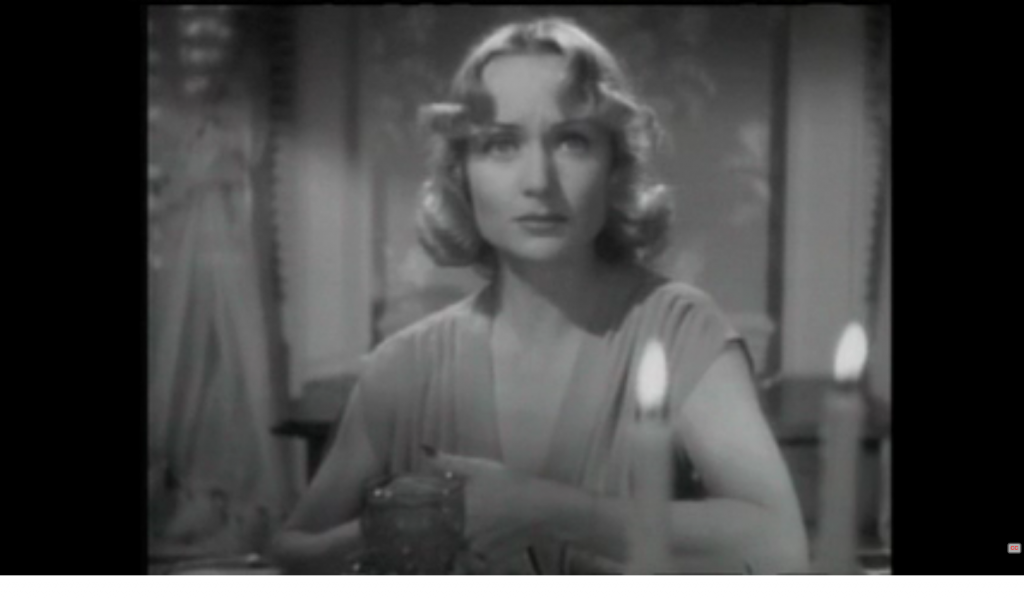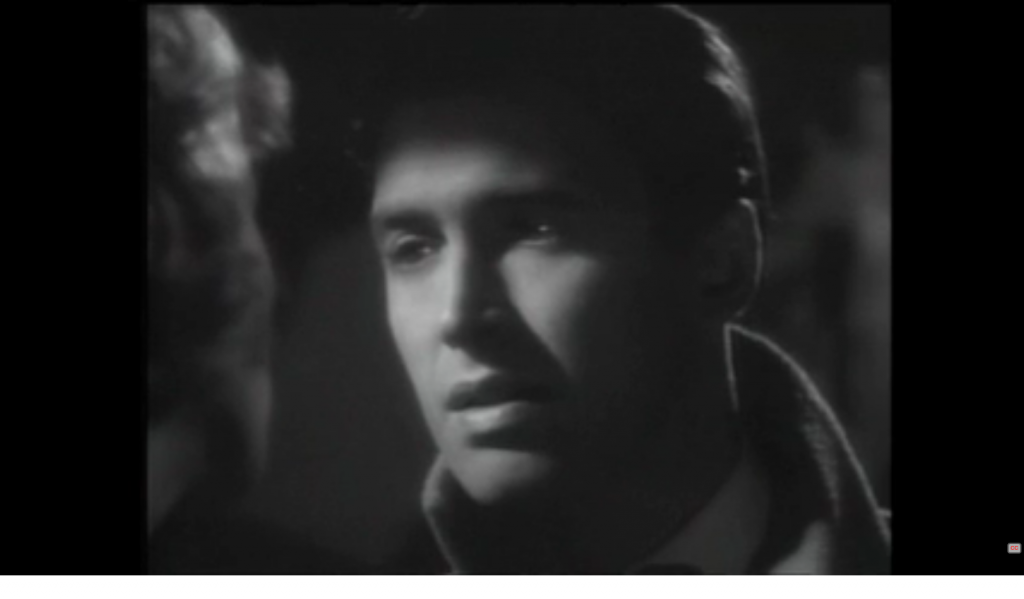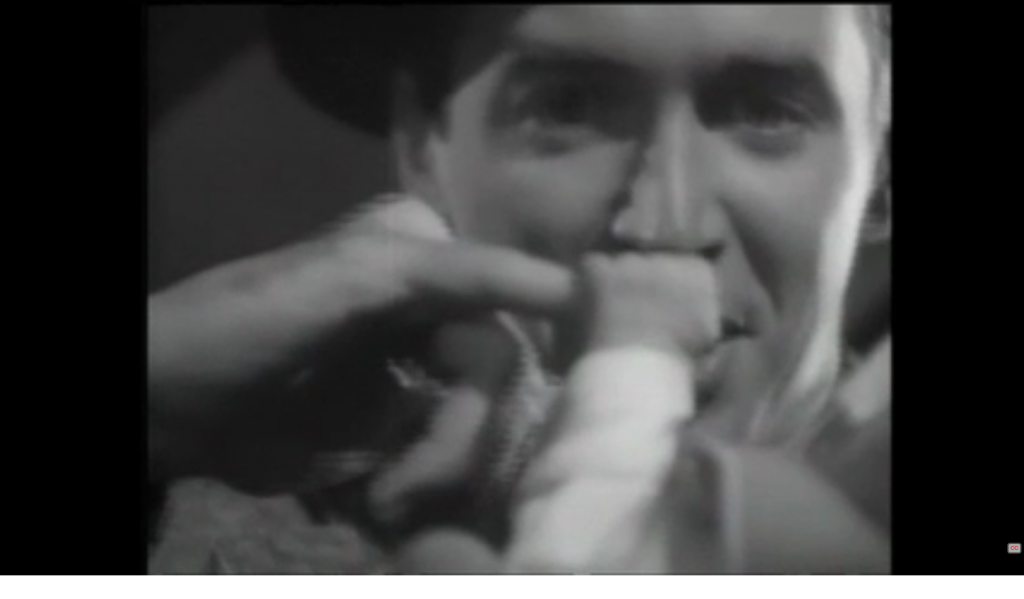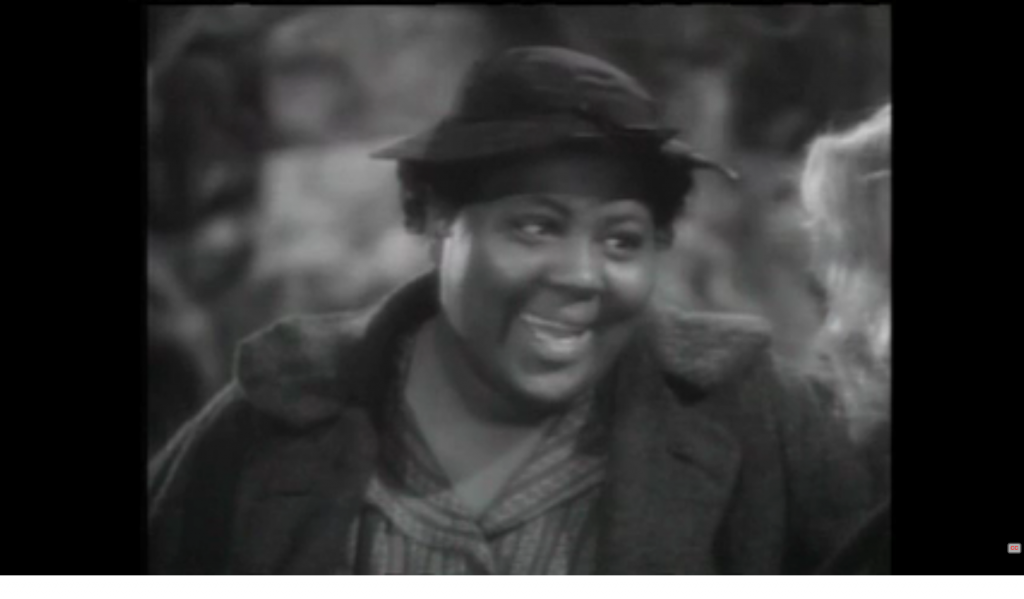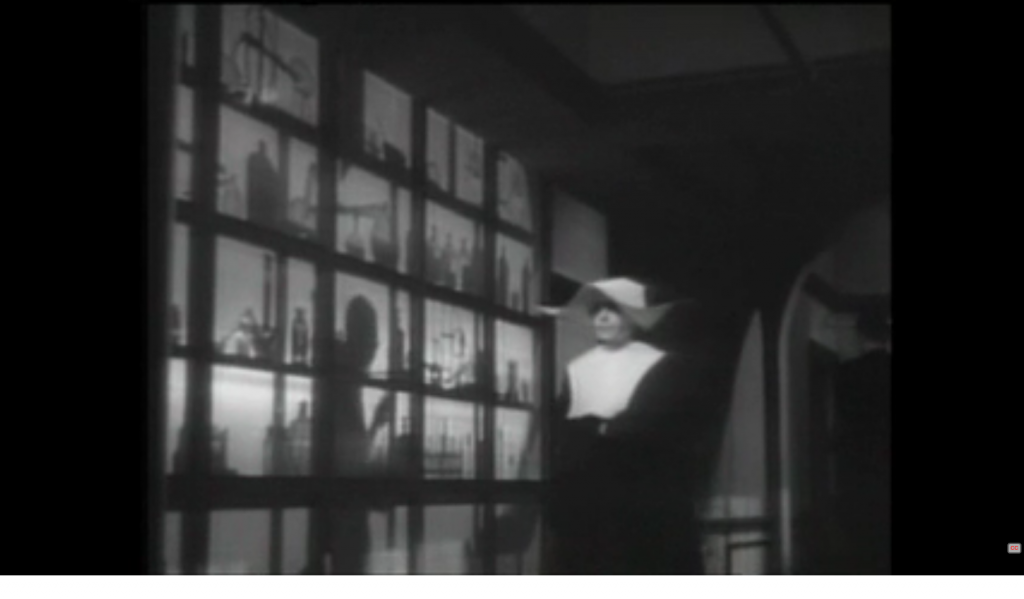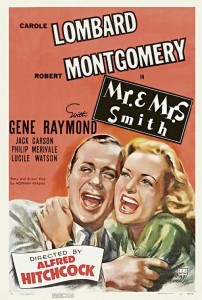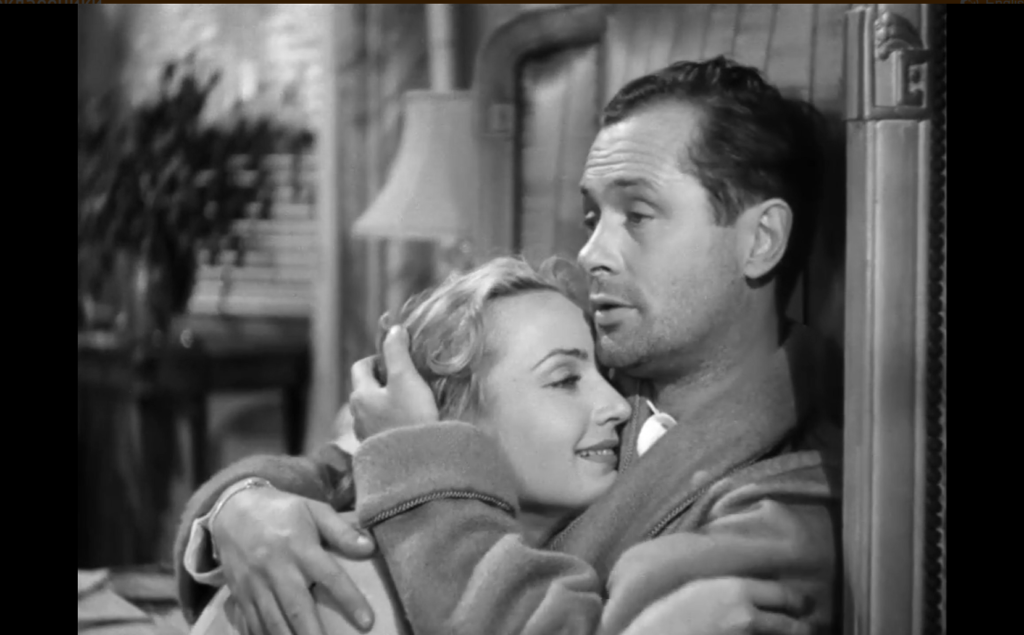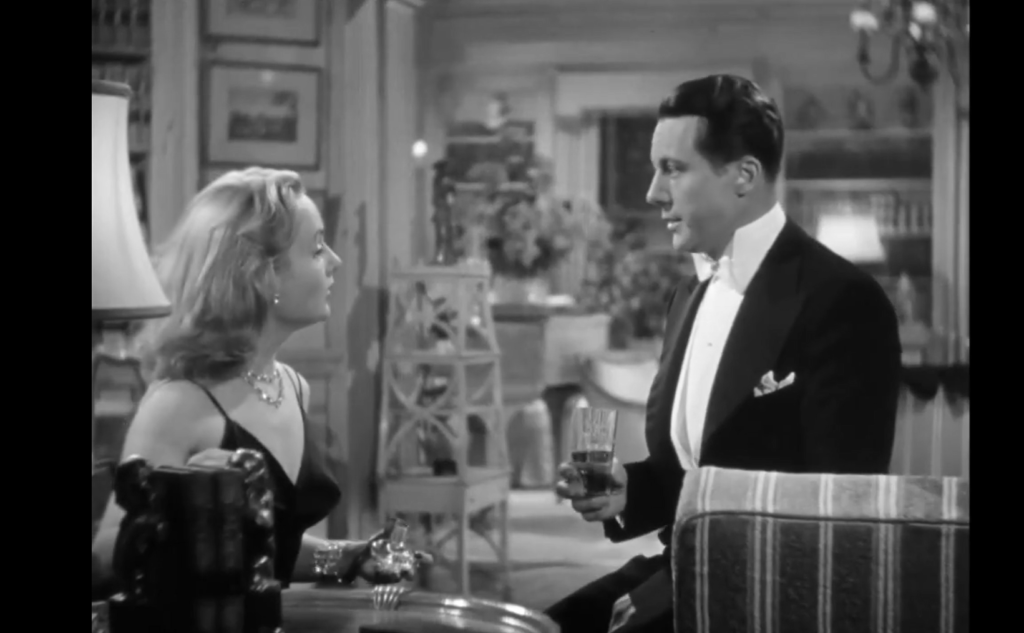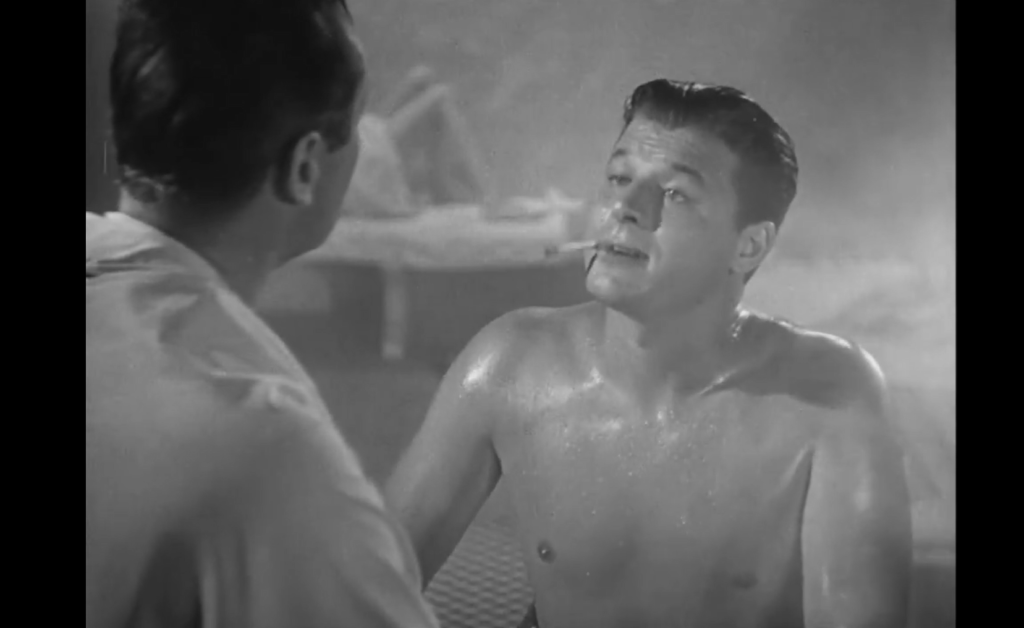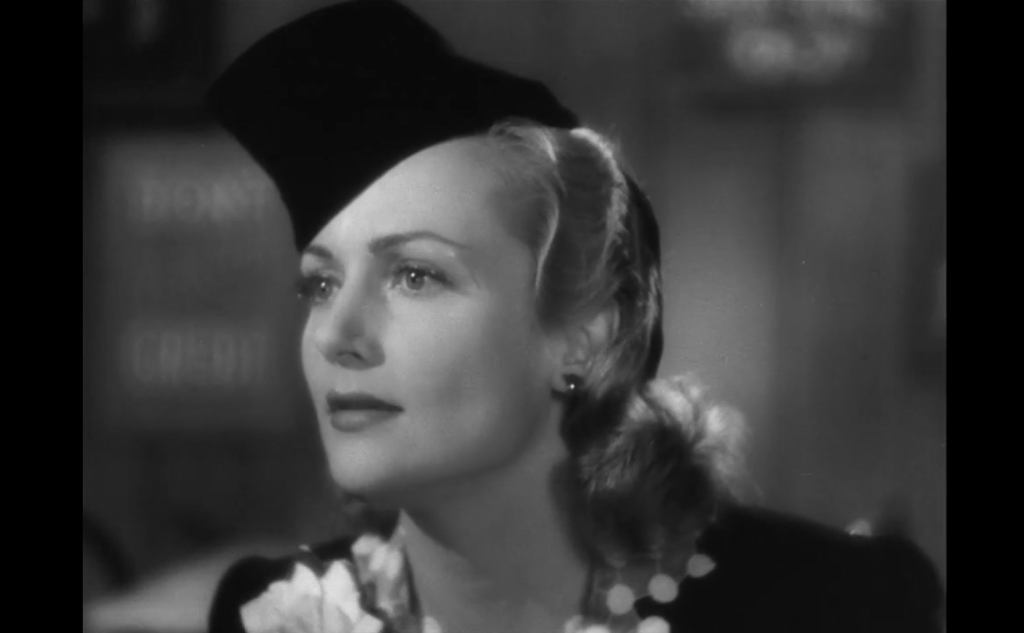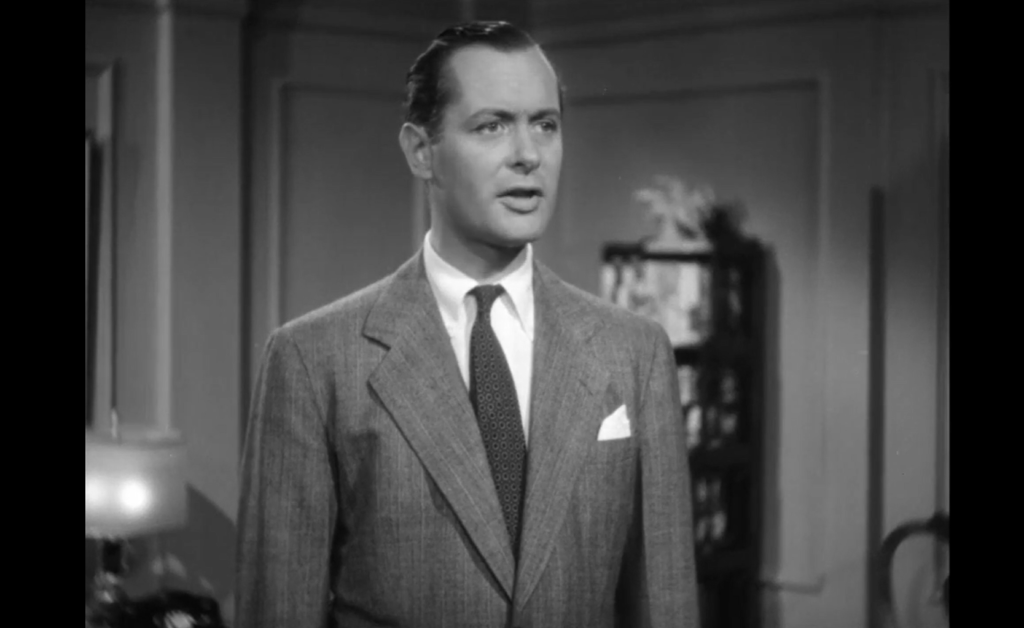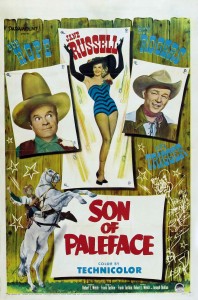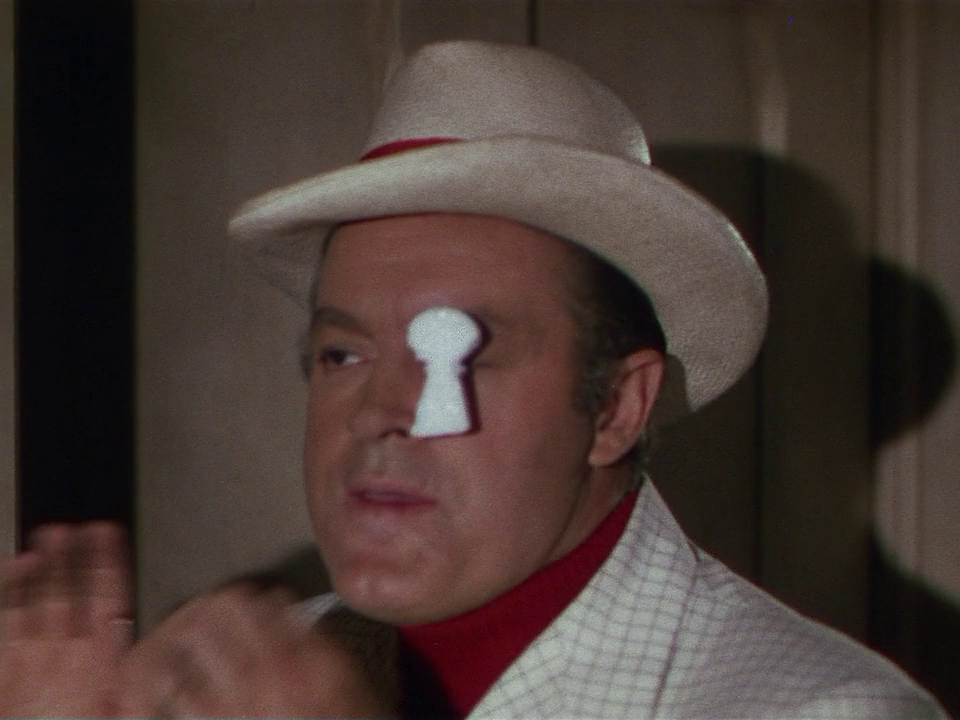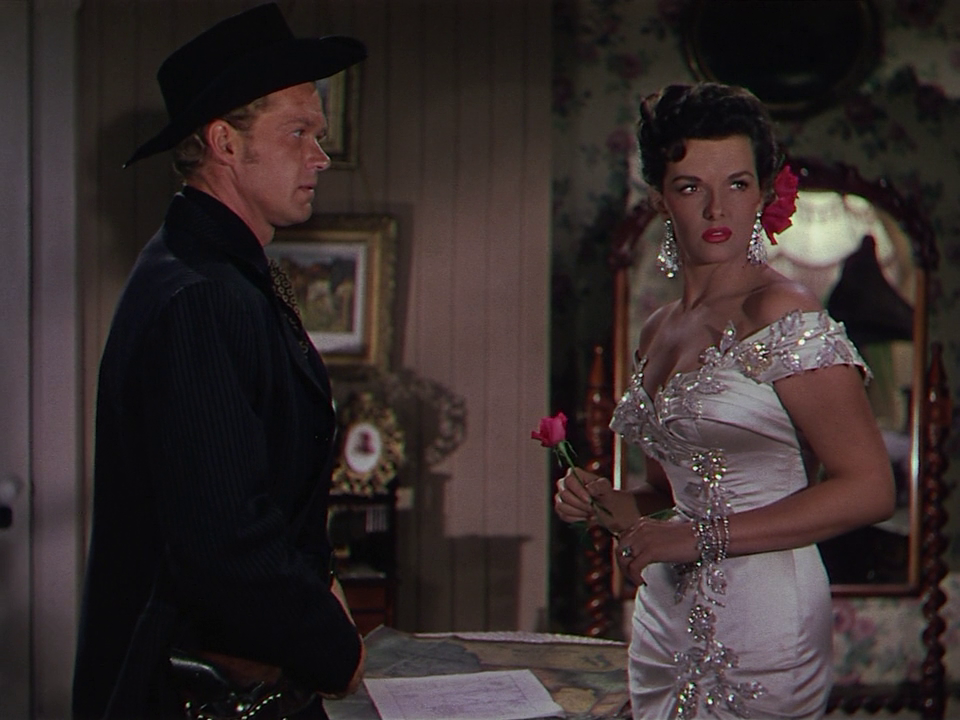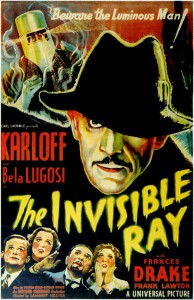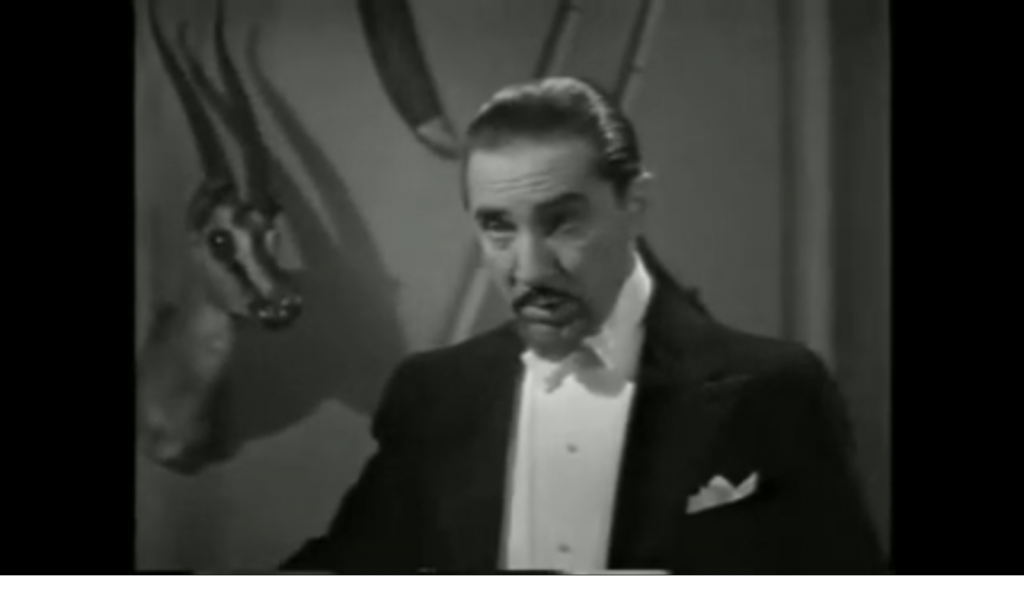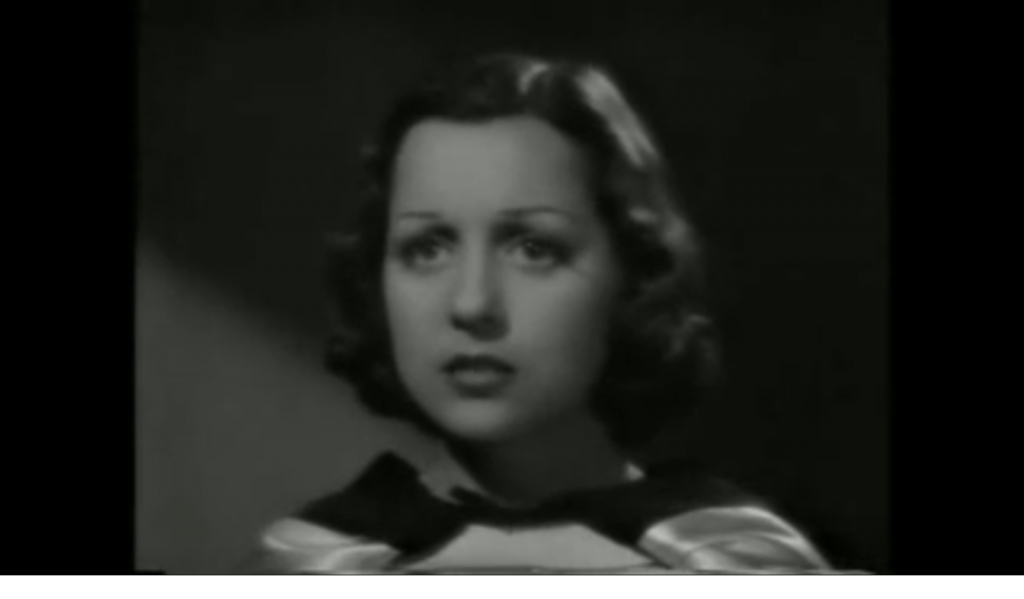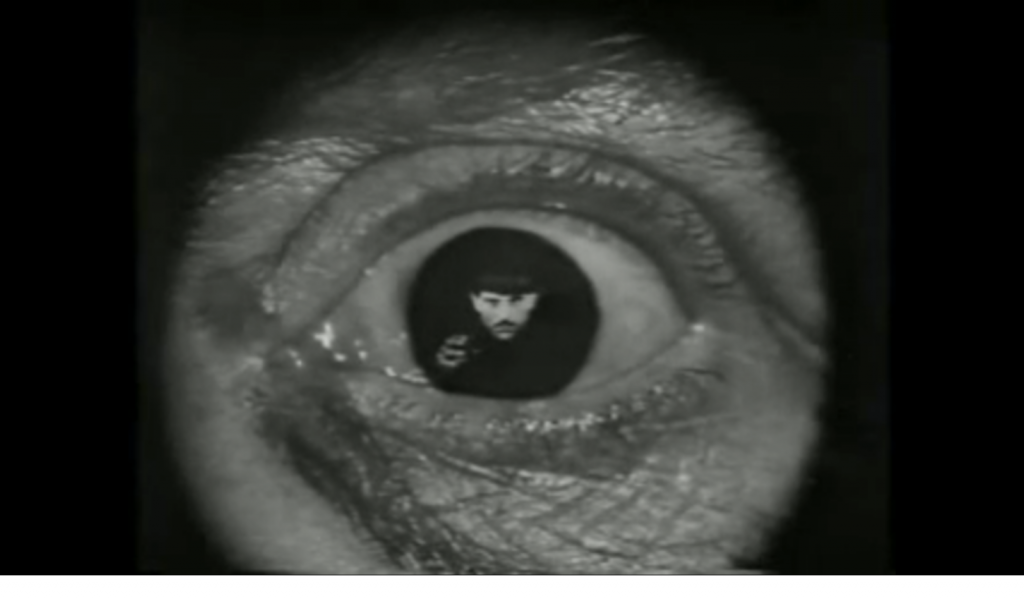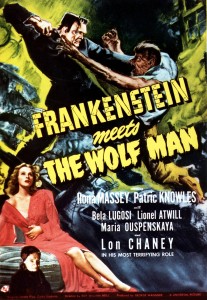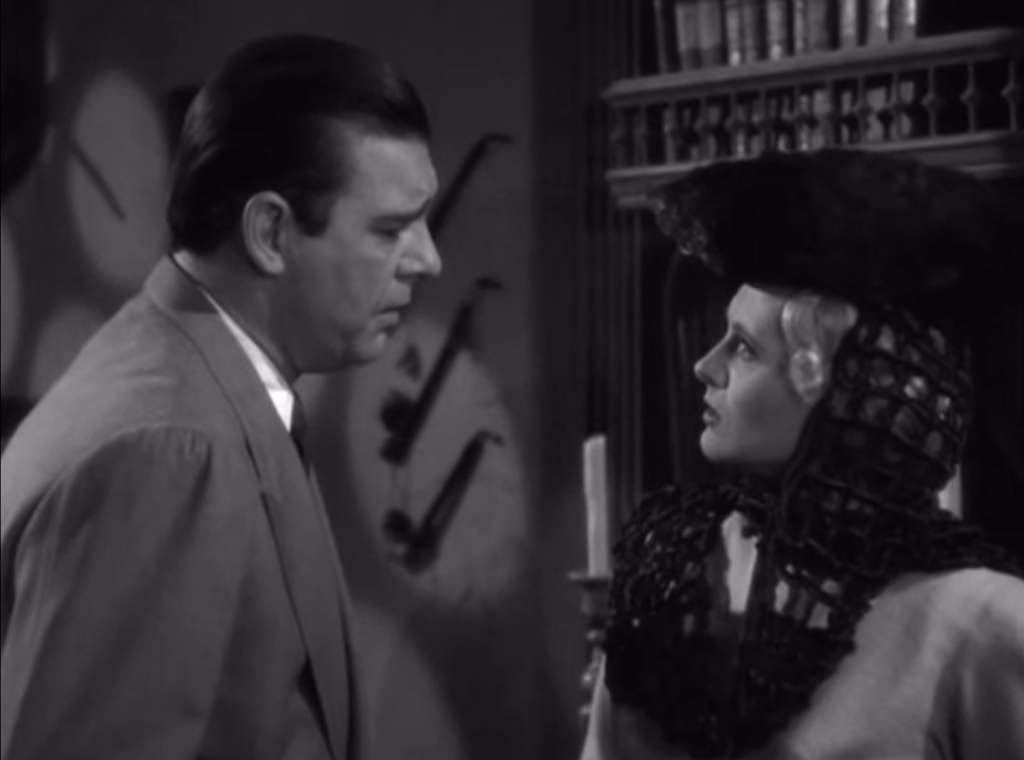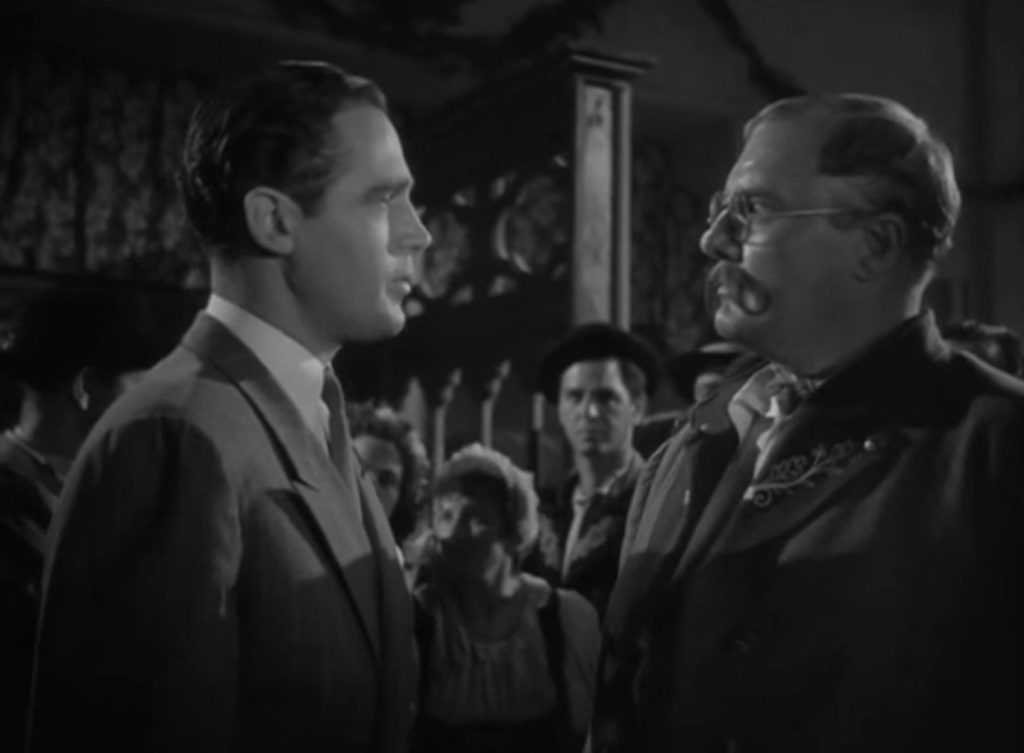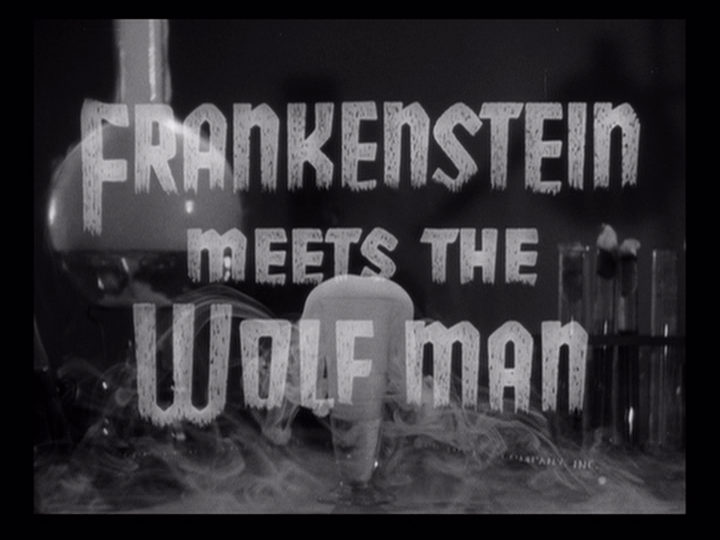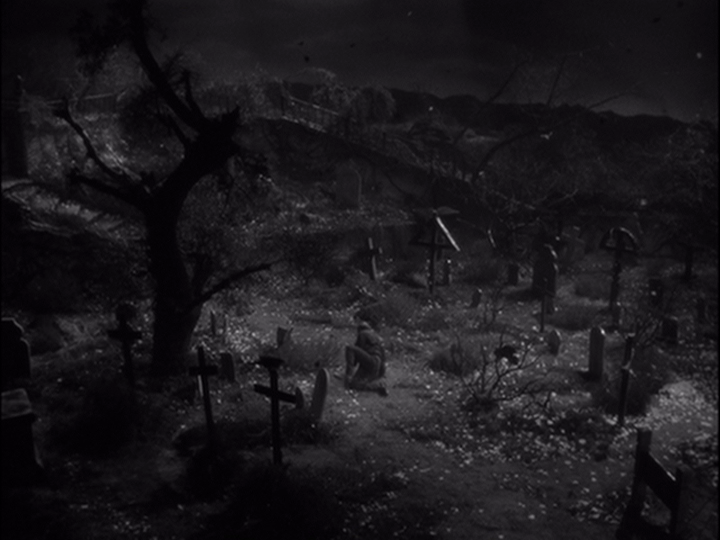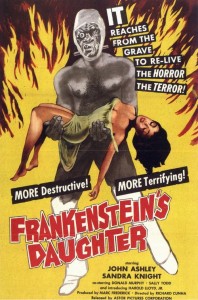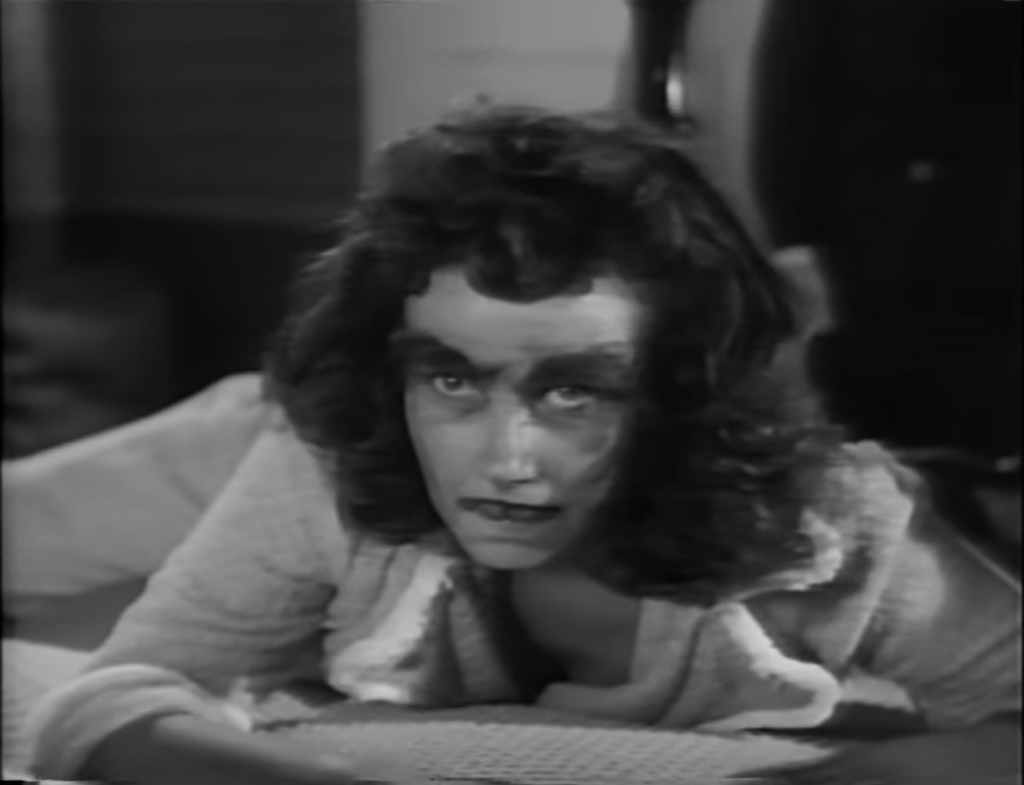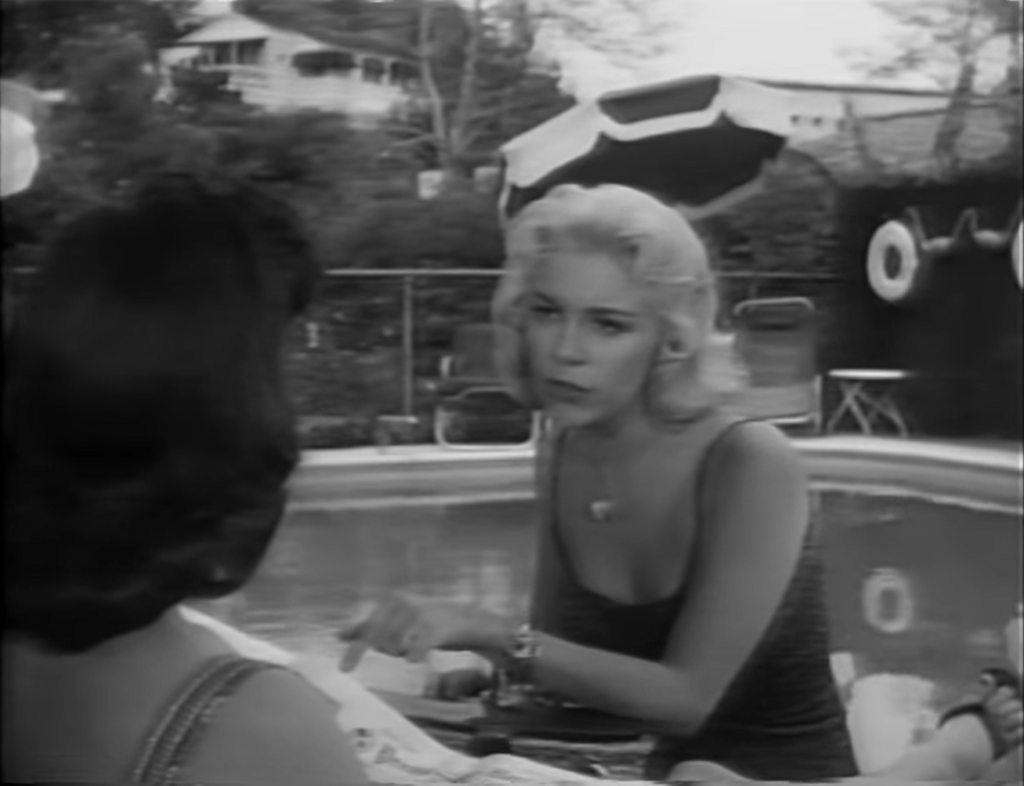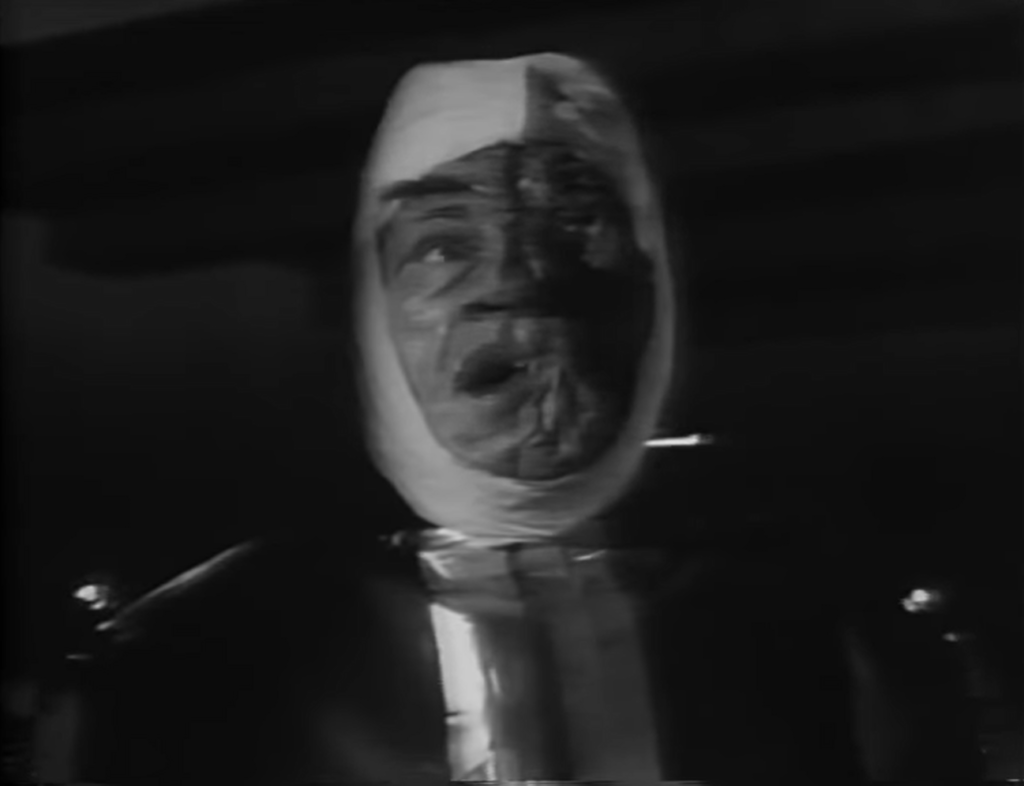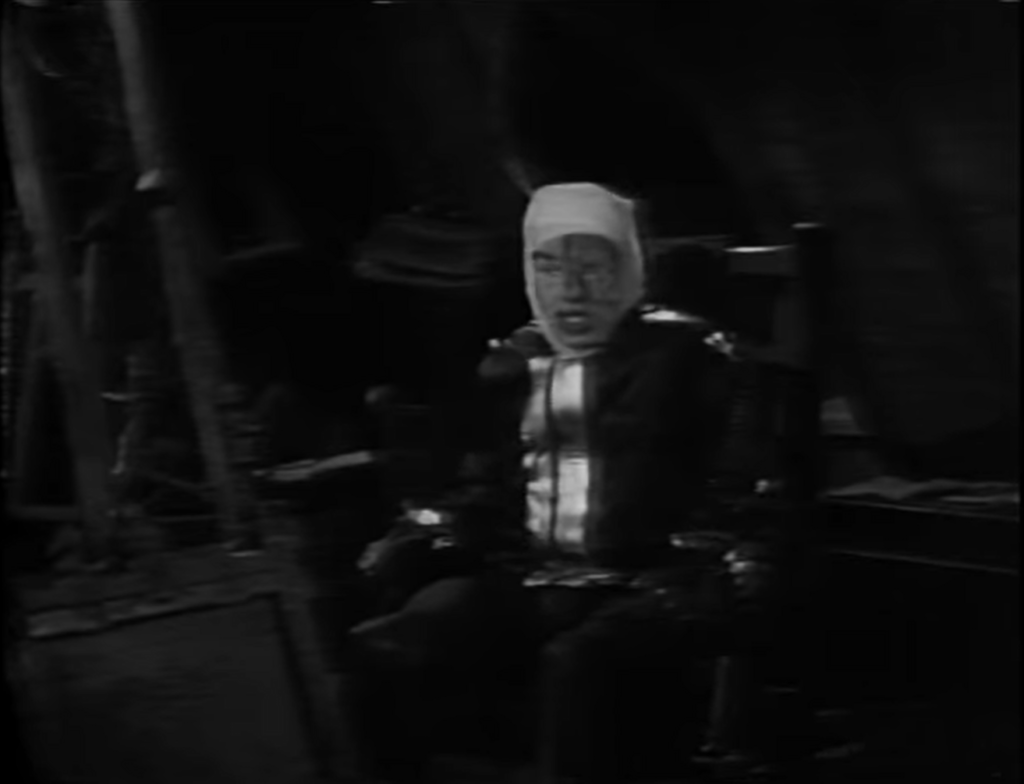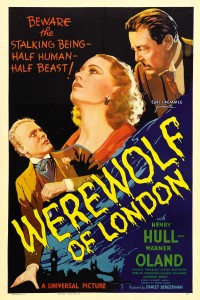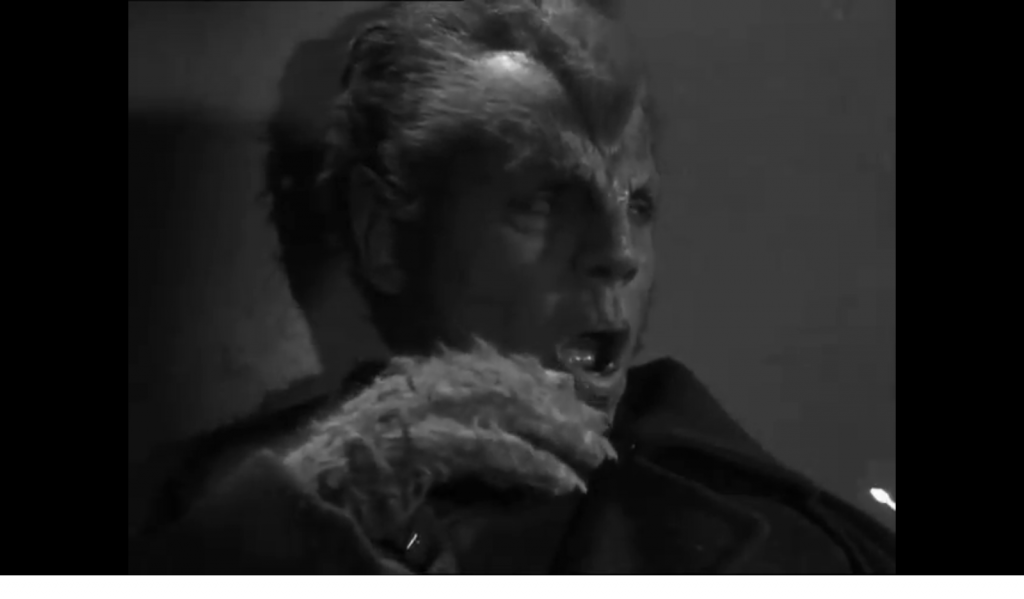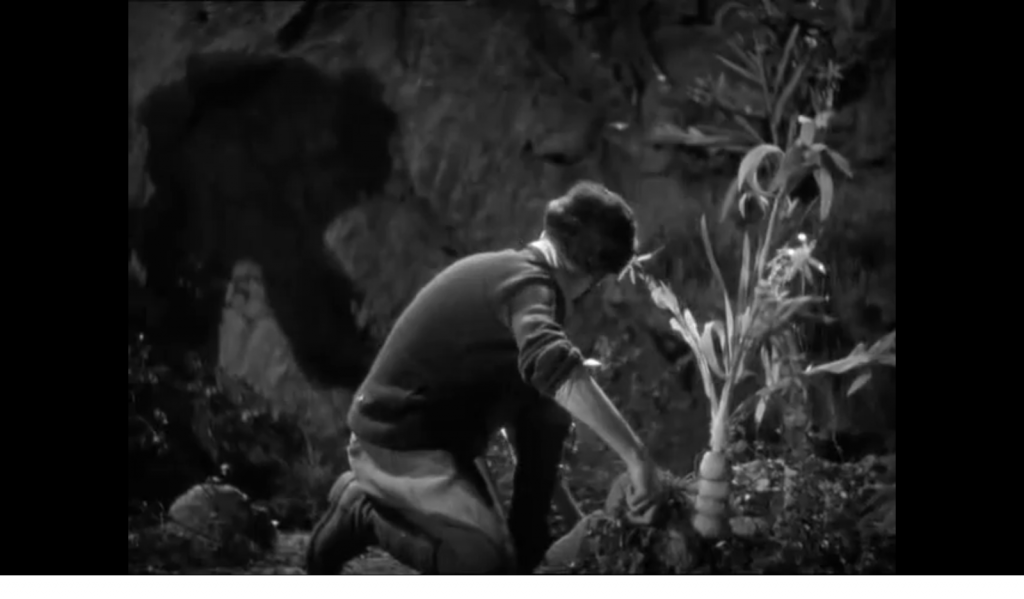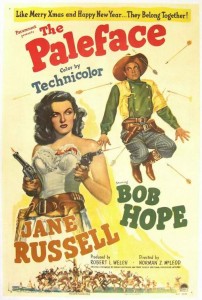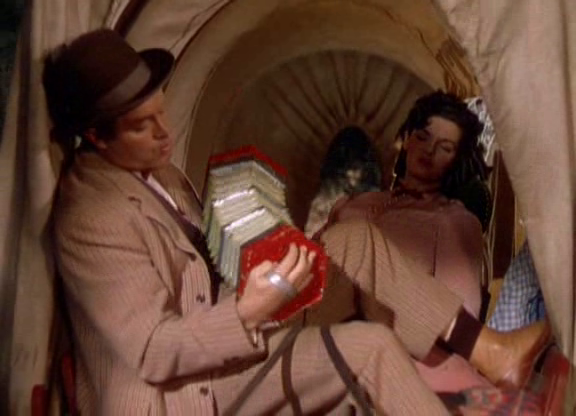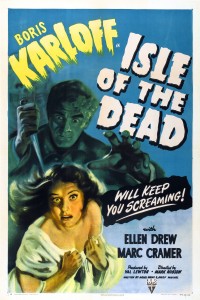|
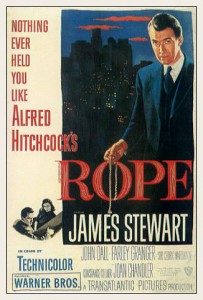
Synopsis:
A pair of roommates (John Dall and Farley Granger) murder their “inferior” classmate (Dick Hogan) simply to demonstrate their superiority. After placing the body in a chest in their living room, they throw a dinner party to celebrate their crime, inviting their former housemaster (Jimmy Stewart), Hogan’s fiancee (Joan Chandler), Chandler’s ex-boyfriend (Douglas Dick), and Hogan’s father (Cedric Hardwicke) and aunt (Constance Collier).
|
|
Genres, Themes, Actors, and Directors:
- Farley Granger Films
- Hiding Dead Bodies
- Hitchcock Films
- Jimmy Stewart Films
- John Dall Films
- Play Adaptations
- Plot to Murder
- Psychopaths
Response to Peary’s Review:
Hitchcock’s adaptation of Patrick Hamilton’s 1929 play — scripted by Arthur Laurents and inspired by the infamous “Leopold-Loeb thrill-killing” in 1924 — is best known for being the director’s most overtly experimental film. Hitchcock used just “one large apartment set” and had “one camera follow the characters about, with cuts coming only once every 10 minutes” or so, thus designating the framing of the film as its central “character”. While Rope undeniably suffers from lack of editing (and Hitchcock himself later dismissed the film as merely a “stunt”), it remains surprisingly engaging, at least on a technical level. Indeed, after learning about the work that went into coordinating such a tremendously challenging stunt (see here and here), it’s a bit easier to forgive the film’s patent staginess; as Peary puts it, “Camera gimmick works well, but picture remains theatrical, as actors all seem a bit stiff — only Dall and Collier seem unafraid to change expressions, [and] Stewart has never been so unanimated.”
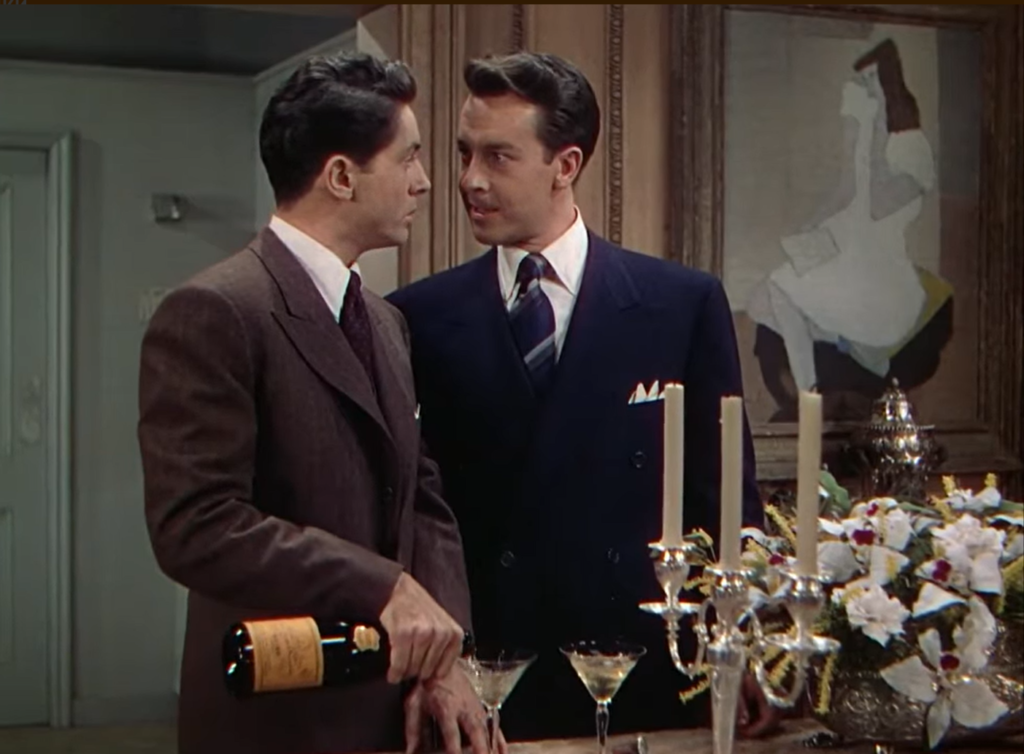
Unfortunately, while the film’s technical bravado excuses its staginess, it only partially hides the storyline’s more obvious flaws — most notably the fact that Stewart’s character boldly preaches an outrageously Nietzschian philosophy (“After all, murder is — or should be — an art”, he says; “And, as such, the privilege of committing it should be reserved for those few who are really superior individuals.”), then acts horrified when his impressionable young charges carry out exactly the actions he has just condoned. (Apparently he takes issue with the young men’s positing of themselves as “superior individuals” — but who, pray tell, WOULD fit this bill in his eyes?!?)
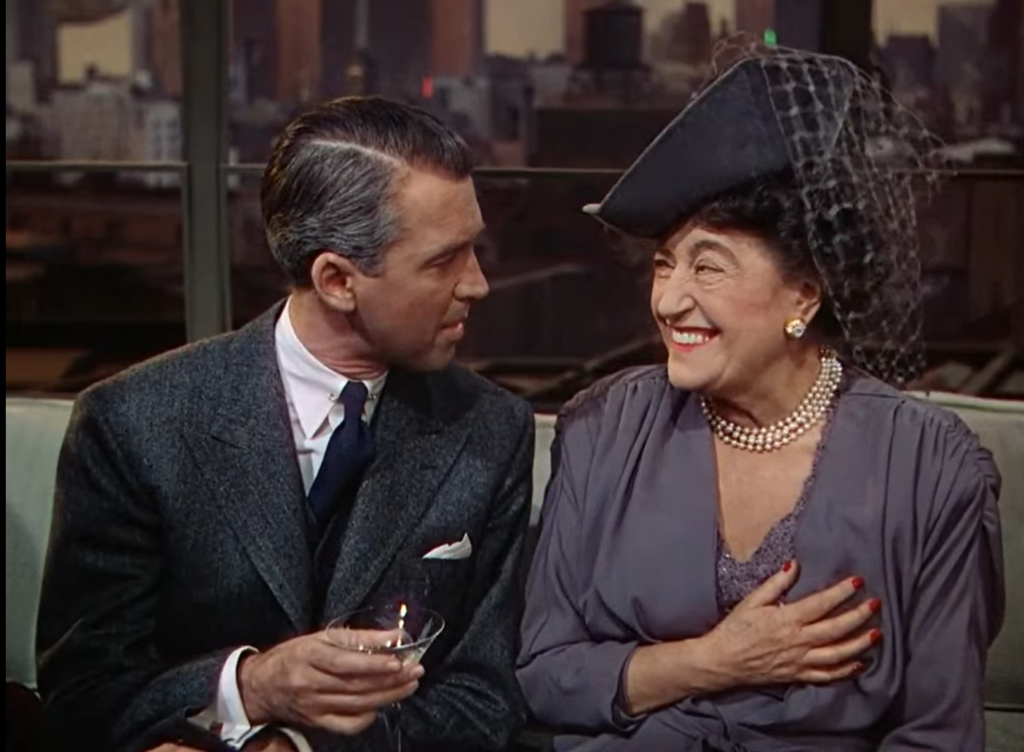
On the other hand, while some believe that Hitchcock should not have chosen to show the murder itself taking place as the film opens — instead allowing viewers to remain in suspense about whether the duo actually committed the crime — I don’t believe this negatively impacts the storyline, which remains inherently suspenseful simply given the omnipresence of the chest where Hogan’s freshly killed corpse has been placed.
Peary makes an interesting observation near the end of his review, noting that it’s “tough to be in [the] audience” while watching such “morbid subject matter” because, “while you despise the two killers, for some reason you hope the crime goes unresolved”. Actually, I find it difficult to truly “despise” Granger’s character, who — unlike the “arrogant Dall”, “immediately feels woozy [and] guilty” about what he’s done. To that end, it’s clear from the get-go that the sociopathic Dall is the dominant partner in this thinly veiled homosexual partnership, and that Granger has likely been bullied somehow into committing the murder. It’s interesting to contemplate what kind of different impact the movie would have if: a) Dall and Granger’s characters were written as more openly homosexual, and b) Stewart’s character were portrayed as a homosexual as well (given that this was Hamilton’s original intention). At the very least, it would add another level of tension and thematic interest — though in some ways, of course, it’s refreshing NOT to see two cold-blooded murderers overtly portrayed on-screen as gay, given all the implications that would engender.
Redeeming Qualities and Moments:
- Truly impressive — and often quite effective — direction
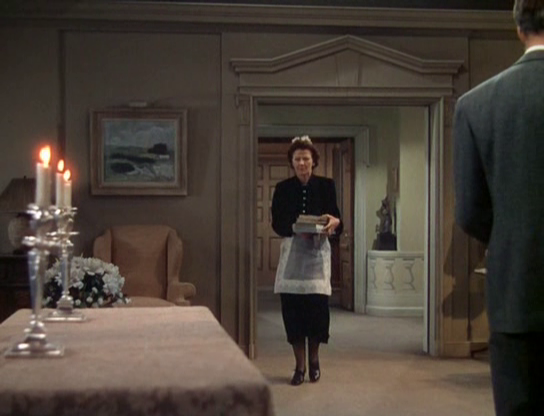
Must See?
Yes, simply for its notoriety as one of Hitchcock’s most technically innovative films.
Categories
- Historically Relevant
- Important Director
(Listed in 1001 Movies You Must See Before You Die)
Links:
|

